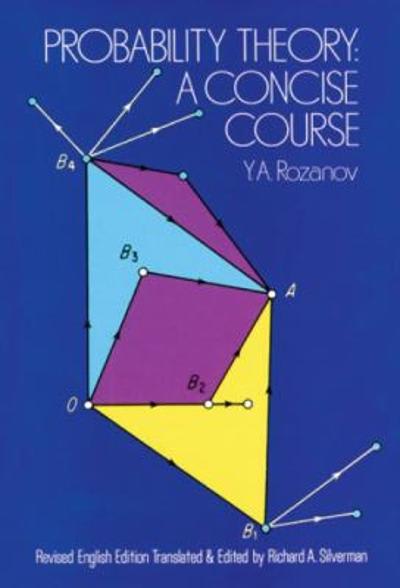Question
In a completely randomized design, eight experimental units were used for each of the five levels of the factor. Consider the following ANOVA table. Source
In a completely randomized design, eight experimental units were used for each of the five levels of the factor. Consider the following ANOVA table.
| Source of Variation | Sum of Squares | Degrees of Freedom | Mean Square | F | p-value |
|---|---|---|---|---|---|
| Treatments | 380 | 4 | 95 | 30.23 | 0.0000 |
| Error | 110 | 35 | 3.14 | ||
| Total | 490 | 39 |
(a)What hypotheses are implied in this problem?H0: 1 = 2 = 3 = 4 = 5 Ha: 1 2 3 4 5H0: 1 2 3 4 5 Ha: 1 = 2 = 3 = 4 = 5 H0: Not all the population means are equal. Ha: 1 = 2 = 3 = 4 = 5H0: 1 = 2 = 3 = 4 = 5 Ha: Not all the population means are equal.H0: At least two of the population means are equal. Ha: At least two of the population means are different.
(b)At the = 0.05 level of significance, can we reject the null hypothesis in part (a)? Explain.
Because the p-value > = 0.05, we cannot reject H0.
Because the p-value = 0.05, we can reject H0.
Because the p-value > = 0.05, we can reject H0.
Because the p-value = 0.05, we cannot reject H0.
Step by Step Solution
There are 3 Steps involved in it
Step: 1

Get Instant Access to Expert-Tailored Solutions
See step-by-step solutions with expert insights and AI powered tools for academic success
Step: 2

Step: 3

Ace Your Homework with AI
Get the answers you need in no time with our AI-driven, step-by-step assistance
Get Started


